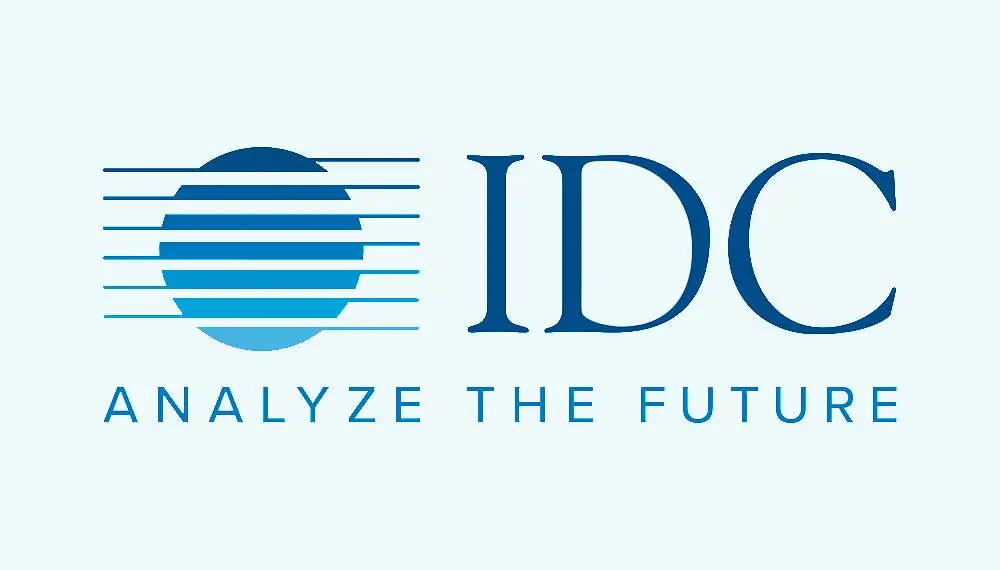As organizations continue to harness the power of Salesforce in 2024, the focus on optimizing Salesforce orgs has intensified. In a landscape where customer expectations are continuously evolving, ensuring that your Salesforce instance is fine-tuned to meet business needs is essential. This year, we’ve seen significant changes in how companies approach Salesforce org optimization, but the three key principles we identified at the beginning of the year remain relevant all the same: prioritizing user input, embracing iterative development, and recognizing the importance of seasonal updates. Let’s delve into these themes and explore how they shape successful Salesforce strategies.
Increased ROI Starts with Asking Users’ Wishes First
One of the most profound shifts in Salesforce org optimization efforts in 2024 is the realization that user satisfaction is paramount to achieving a high return on investment (ROI). Organizations are increasingly adopting a user-first approach, where the voices of end users are prioritized from the outset.
By actively soliciting feedback and understanding user needs, companies can ensure that their Salesforce instance is tailored to facilitate workflows rather than hinder them. This involves conducting surveys, interviews, and workshops that bring together various stakeholders—sales teams, customer service representatives, and marketing personnel—to capture their specific wishes and pain points.
For instance, if users express a need for more intuitive dashboards or streamlined reporting processes, organizations can prioritize these features in their optimization efforts. When users feel that their input is valued and see their suggestions implemented, engagement levels rise, leading to increased productivity and satisfaction.
This shift towards a user-centric strategy not only improves the day-to-day experience for employees but also maximizes the return on investment. When the Salesforce platform aligns closely with user needs, adoption rates soar, and the platform’s full capabilities can be harnessed, resulting in improved customer experiences and ultimately driving revenue growth.
Iterative Development is Crucial
In 2024, the mantra of “fail fast, learn faster” has become increasingly relevant in Salesforce org optimization. The traditional model of large-scale, one-off implementations has given way to a more agile approach that emphasizes iterative development. This allows organizations to make incremental improvements and quickly adapt to changing requirements.
The iterative development process involves rolling out features in manageable increments, gathering feedback, and refining the solution based on real-world usage. This approach not only helps in mitigating risks but also fosters a culture of continuous improvement within the organization.
For example, rather than deploying a comprehensive overhaul of the Salesforce instance, a team might choose to introduce one new feature at a time—such as enhanced lead scoring or improved customer journey mapping. By closely monitoring user interaction and satisfaction with each release, organizations can make data-driven decisions about future developments.
This agility is particularly important in a landscape where business priorities can shift rapidly. Organizations that embrace iterative development are better positioned to pivot and respond to these changes, ensuring that their Salesforce instance remains relevant and effective in supporting business objectives.
Seasonal Updates from Salesforce are More Important Than You May Think
Salesforce has long operated on a schedule of seasonal updates, and in 2024, the importance of these updates has become even more pronounced. Each release brings new features, enhancements, and fixes that can dramatically impact how organizations utilize the platform.
Many businesses may underestimate the significance of these updates, viewing them as minor tweaks rather than crucial opportunities for optimization. However, staying abreast of seasonal updates can provide organizations with a competitive edge. New functionalities often address emerging market trends and customer needs, allowing businesses to enhance their processes proactively.
Moreover, the seasonal updates are an opportunity for teams to reassess their current configurations and determine if any new features can be leveraged to improve performance. For example, a recent update might introduce advanced AI capabilities for analytics, enabling deeper insights into customer behavior that can inform sales strategies.
— Catch Simplus’ deep dive into each industry’s updates within Winter ‘25 on our blog! —
To fully capitalize on these seasonal updates, organizations should implement a structured approach that includes regular review sessions post-update, dedicated training for users on new features, and a feedback loop to understand how these changes impact day-to-day operations. This not only ensures that teams are utilizing the latest functionalities but also reinforces a culture of innovation and adaptability.
The landscape of Salesforce org optimization has changed significantly in 2024. By prioritizing user feedback, adopting iterative development practices, and fully embracing seasonal updates, organizations can enhance their Salesforce instances to better meet the demands of today’s dynamic business environment.
The key to successful Salesforce optimization lies in understanding that it’s not just about technology—it’s about people. By creating a culture that values user input and encourages continuous improvement, organizations can maximize their Salesforce investment and drive sustained growth.
As you look to optimize your Salesforce org, remember these guiding principles: listen to your users, embrace agility, and leverage every seasonal update to stay ahead. By doing so, you’ll position your organization for success in the ever-evolving landscape of customer relationship management. And as always, Simplus is here to help at any stage.






















































0 Comments